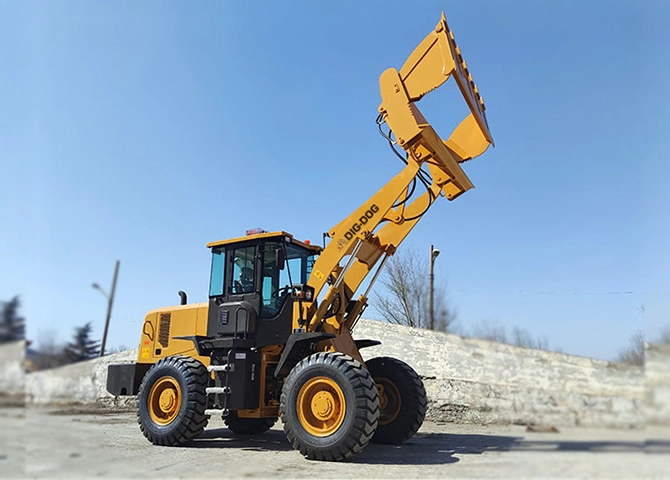 How To Choose The Right Compact Wheel Loader
How To Choose The Right Compact Wheel Loader
Apr .16.2024
Discovering the ideal compact wheel loader entails considering various factors, from size and bucket capacity to engine power and hydraulic systems. Contact DIG-DOG machinery factory today to explore the range of options and find the compact wheel loader that perfectly suits your needs. When navigating through your choices, remember the crucial aspect of understanding "how to choose the right compact wheel loader," ensuring that your investment aligns perfectly with your operational requirements.
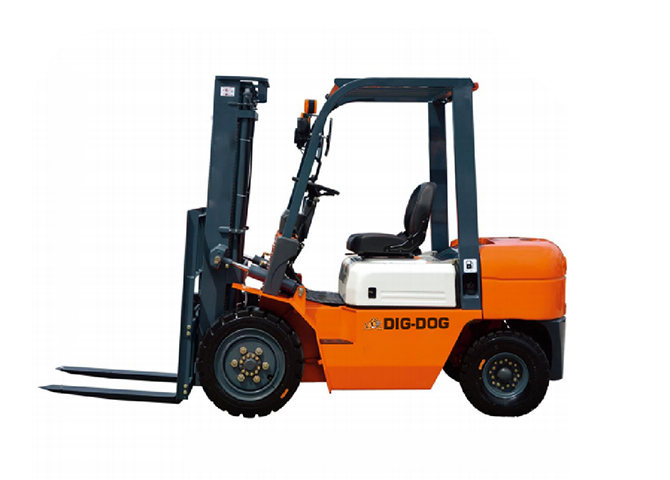 How Much Does a Forklift Weigh?
How Much Does a Forklift Weigh?
Apr .10.2024
For instance, a forklift with a rated capacity of 1 ton may have a self-weight of around 2 tons, while a forklift with a rated capacity of 2 tons may weigh around 3.5 tons. Typically, internal combustion forklifts can range in weight from 1 ton to 10 tons, with load capacities varying from 1 ton to 5 tons.
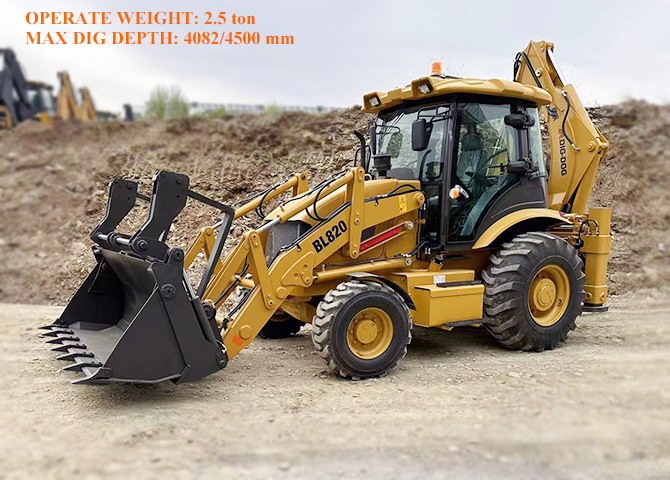 How Much Does a Backhoe Weigh
How Much Does a Backhoe Weigh
Apr .09.2024
Depending on the model, the machine weight of a DIG-DOG backhoe can range from approximately 3.5 to 9.3 tons. A heavier machine provides more traction and stability when working on softer terrain. A lighter loader delivers better results when you're concerned about maintaining surface integrity.
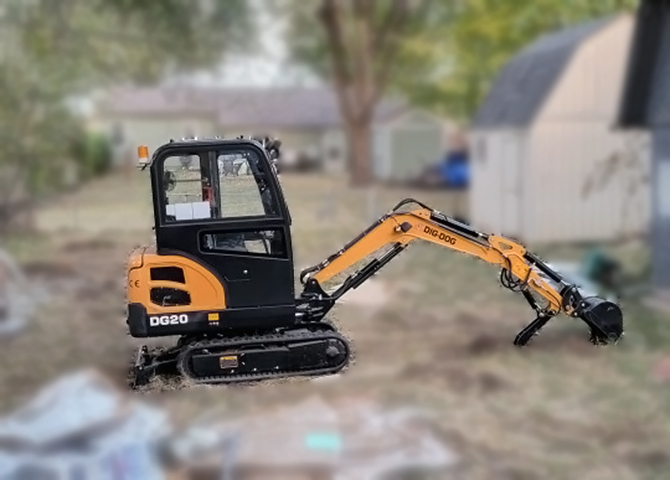 How Much Does a Mini Excavator Weigh
How Much Does a Mini Excavator Weigh
Apr .07.2024
The weight of a mini excavator varies depending on the specific model within the DIG-DOG factory offers a diverse range of machines weighing from 1 ton to 3.5 tons and featuring varying powers and bucket capacities. Whether it's in narrow city streets or complex construction sites, mini excavators can easily handle various excavation, loading, and transportation tasks. Their widespread application not only improves project efficiency but also reduces the costs, injecting new vitality into the development of modern construction, agriculture, forestry and engineering industries. The DIG-DOG DG10, with its 7 KW power, 0.025 m³ bucket capacity, and a operator weight of 1 ton, is ideal for small-scale excavation jobs. However, for such an important construction equipment, we cannot but ask: how much does a mini excavator weigh? Today, let's explore this question.


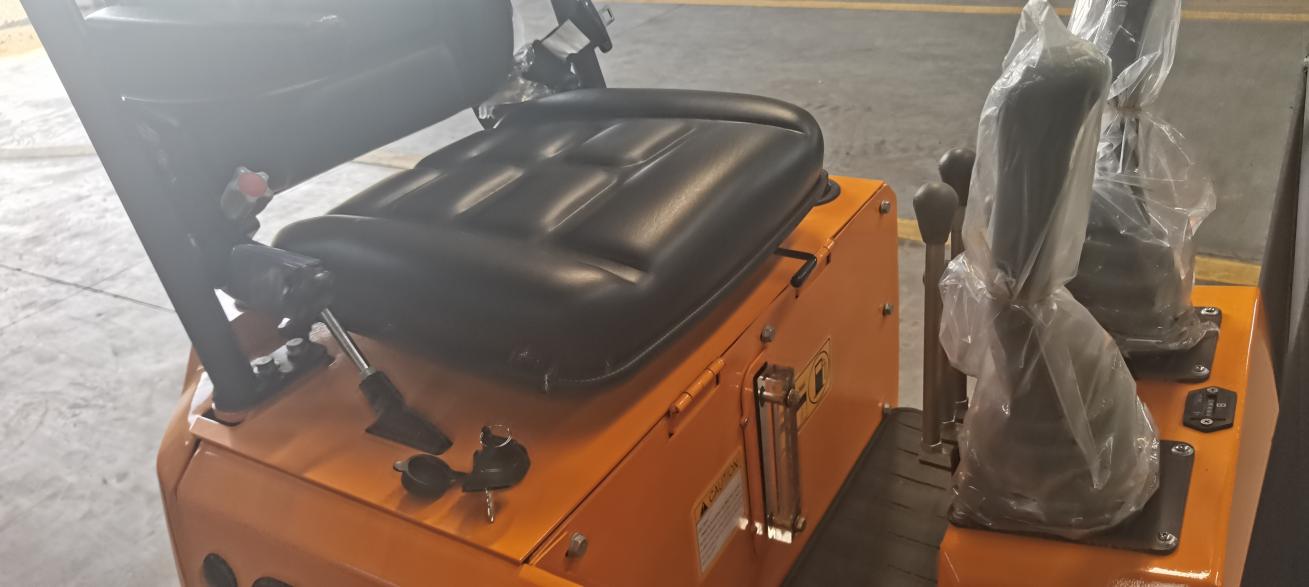

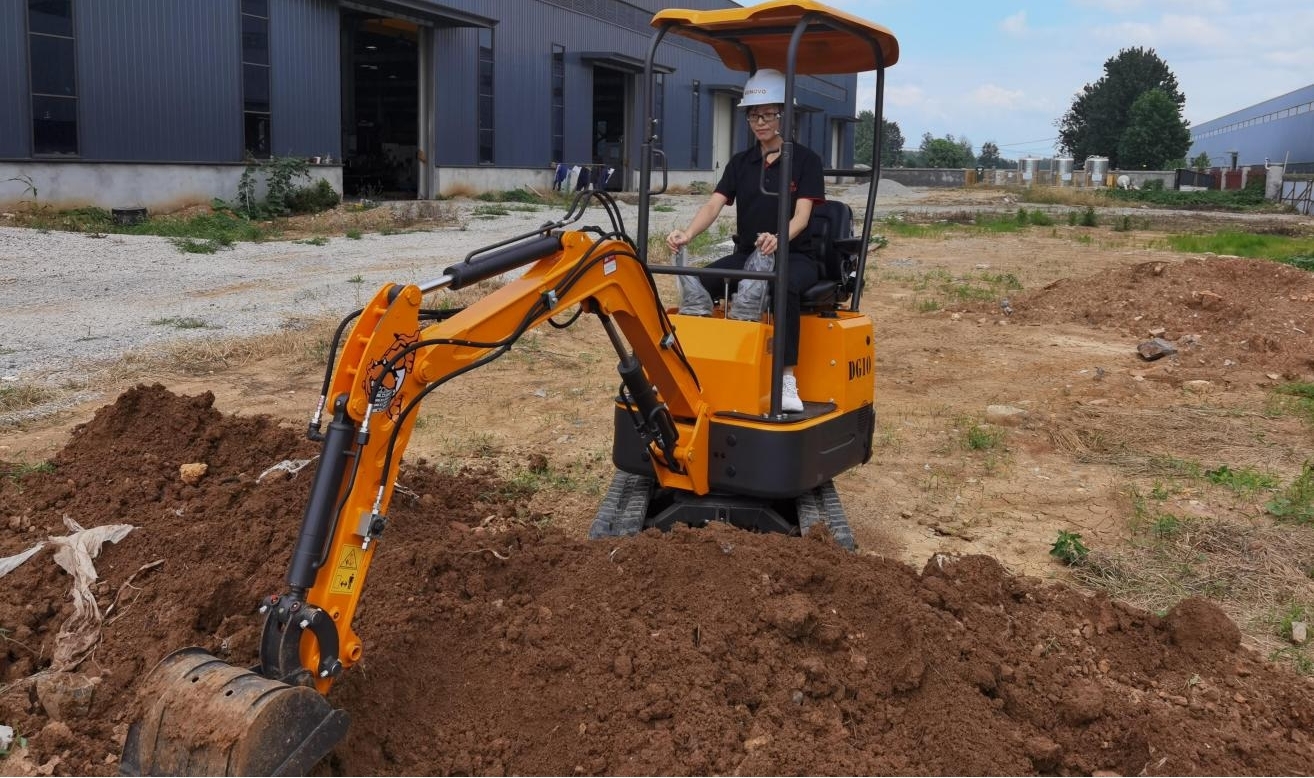

 How To Choose The Right Compact Wheel Loader
How To Choose The Right Compact Wheel Loader
 How Much Does a Forklift Weigh?
How Much Does a Forklift Weigh?
 How Much Does a Backhoe Weigh
How Much Does a Backhoe Weigh
 How Much Does a Mini Excavator Weigh
How Much Does a Mini Excavator Weigh